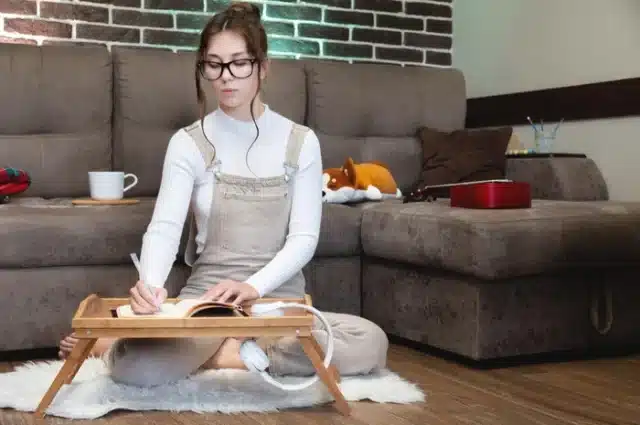Adaptive living skills are essential for individuals to live independently and engage fully with their communities. These skills encompass a variety of everyday tasks and activities that many take for granted, from personal grooming to managing finances. For those with disabilities or developmental challenges, acquiring adaptive living skills can be a transformative process that leads to enhanced self-reliance and confidence. Understanding and developing these skills is crucial, particularly for caregivers, educators, and health professionals who provide support. In this article, we will delve into what constitutes adaptive living skills, methods to teach them, the role of technology, and how to assess and celebrate improvements.
Understanding Adaptive Living Skills and Their Importance for Independence
Adaptive living skills, often referred to as daily living or life skills, are the behaviors and tasks that people perform to lead their lives independently. These include a broad range of activities, such as cooking, cleaning, dressing, and using public transportation. The importance of these skills lies in the sense of autonomy they provide, allowing individuals to make their own choices and live with fewer dependencies on others.
For those facing developmental disabilities or other challenges, the mastery of adaptive living skills can be an uphill battle. However, this mastery is the cornerstone for achieving a fulfilling and self-directed life. Such skills are paramount for participation in various societal roles, from being a responsible citizen to an effective employee or an engaged family member.
Without adequate proficiency in these skills, individuals may struggle with basic needs, social inclusion, and securing employment. This underscores the necessity of targeted support programs and educational efforts, like those focused on adaptive living skills, to ensure everyone has the opportunity to achieve a high quality of life.
Teaching Strategies for Enhancing Adaptive Living Skills
Teaching adaptive living skills requires patience, dedication, and a personalized approach. Each individual’s learning pace and method are unique, calling for flexibility in teaching strategies. One effective approach is to break down complex tasks into smaller, manageable steps, which can then be taught incrementally. This builds confidence and reinforces learning through achievements.
Modeling behavior is another helpful strategy. By demonstrating tasks, educators and caregivers can provide a visual blueprint for learners to imitate. Through repetition and positive reinforcement, individuals can gradually assume more responsibility for task completion. Additionally, verbal prompts and hands-on guidance can be used to assist learners until they feel comfortable performing tasks solo.
Role-playing and practice within real-life settings serve as powerful tools for consolidating adaptive living skills. These methods encourage learners to apply their knowledge in practical scenarios, thereby enhancing fluidity and confidence in performing tasks. Furthermore, collaborative learning, wherein peers assist and learn from each other, fosters a supportive network that values shared experiences and mutual growth.
Integrating Technology To Support Adaptive Living Skills Development
Technology has profound implications for the development of adaptive living skills. From educational apps to assistive devices, technological innovations provide an array of tools to support individual learning paths. Interactive software can simulate everyday situations, offering a safe environment for practicing skills without real-world consequences. This helps learners get accustomed to various tasks before they face them in their daily lives.
Mobile technologies are also invaluable in teaching money management, time management, and navigation skills. Smartphones and tablets with their apps can serve as virtual coaches, providing reminders, directions, and interactive learning experiences that reinforce day-to-day activities. They enable users to practice skills in an engaging, accessible, and often personalized manner.
Measuring Progress and Setting Goals in Adaptive Living Skills Training
Assessing progress in adaptive living skills is a pivotal part of the learning process. By regularly evaluating an individual’s ability to perform tasks, educators and caregivers can ascertain areas of strength and identify where additional support may be needed. Baseline assessments and ongoing check-ins provide a framework for personalized goal-setting and celebrating growth.
Goal-setting should be a collaborative process that incorporates the aspirations of the individual along with practical considerations of their abilities and potential. Short-term objectives allow for quick wins that maintain motivation, while long-term goals offer a vision for the future. Both should be specific, measurable, attainable, relevant, and time-bound, often referred to as SMART goals.
Overall, the journey towards mastering adaptive living skills is a deeply personal one that embodies the essence of growth and independence. These skills empower individuals to live their lives with dignity and self-determination, opening doors to new possibilities and experiences. By embracing a comprehensive approach that combines personalization, empathy, technological support, and regular assessment, we can ensure a stable foundation upon which individuals can build richer, more autonomous lives.

A professional writer with over a decade of incessant writing skills. Her topics of interest and expertise range from health, nutrition and psychology.




